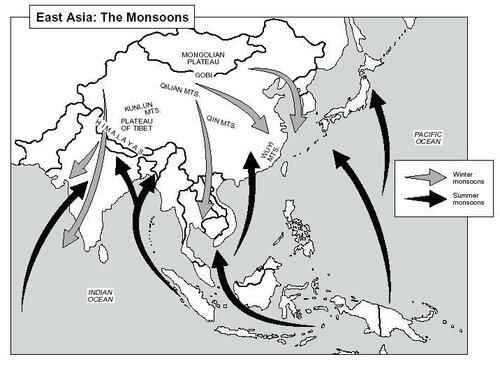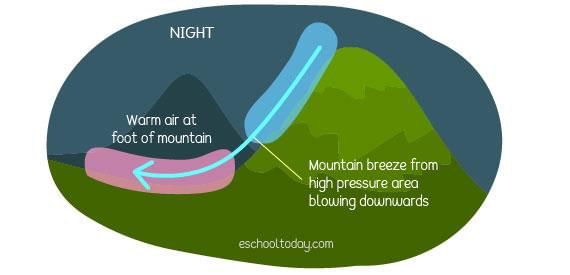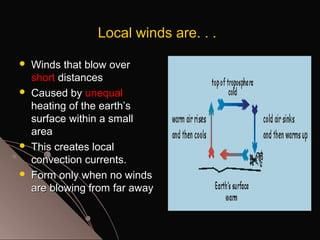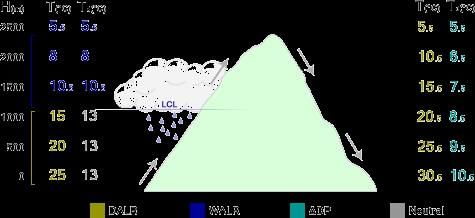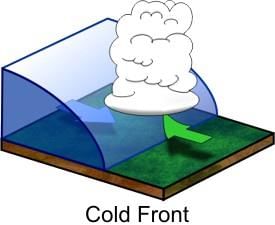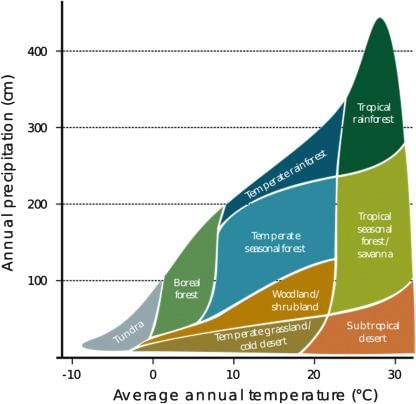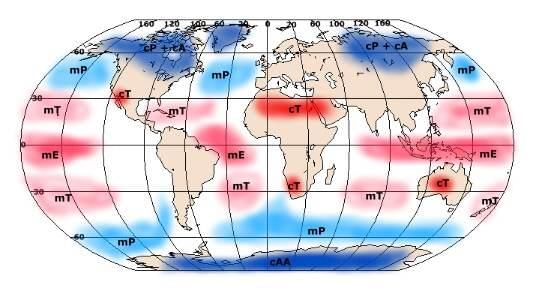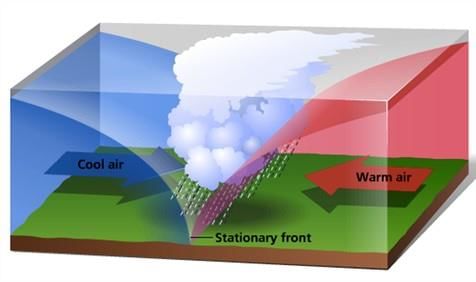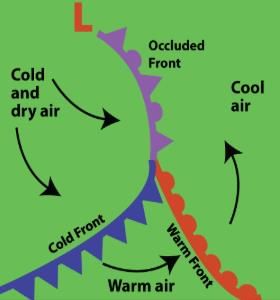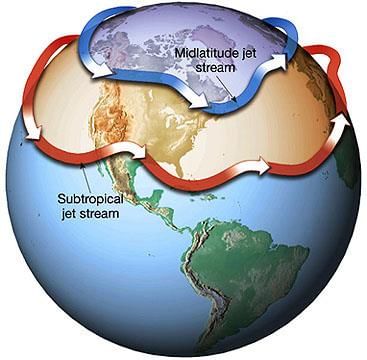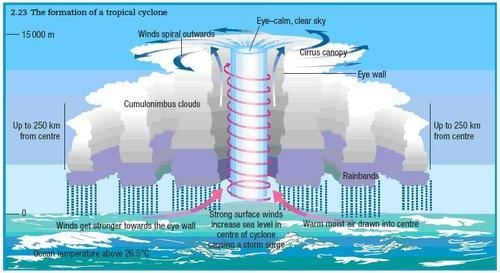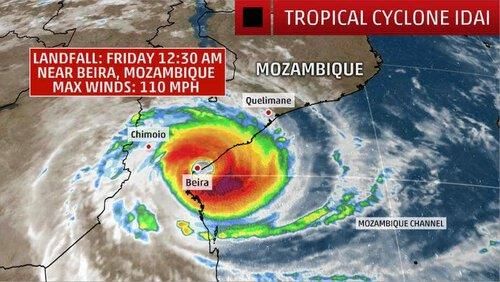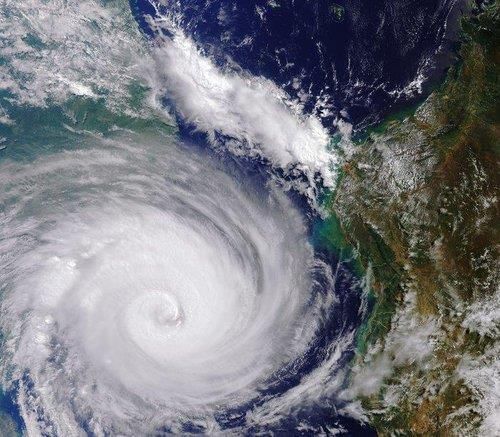|
Card: 1 / 40 |
The seasonal wind pattern is primarily influenced by the shifting of regions of maximum heating, pressure, and wind belts, particularly affecting which weather phenomenon? |
|
Card: 3 / 40 |
True or False: Land breezes occur when the land heats up faster than the sea, creating a pressure gradient from land to sea. |
|
Card: 4 / 40 |
False. Land breezes occur at night when the land cools faster than the sea, creating a pressure gradient from land to sea. 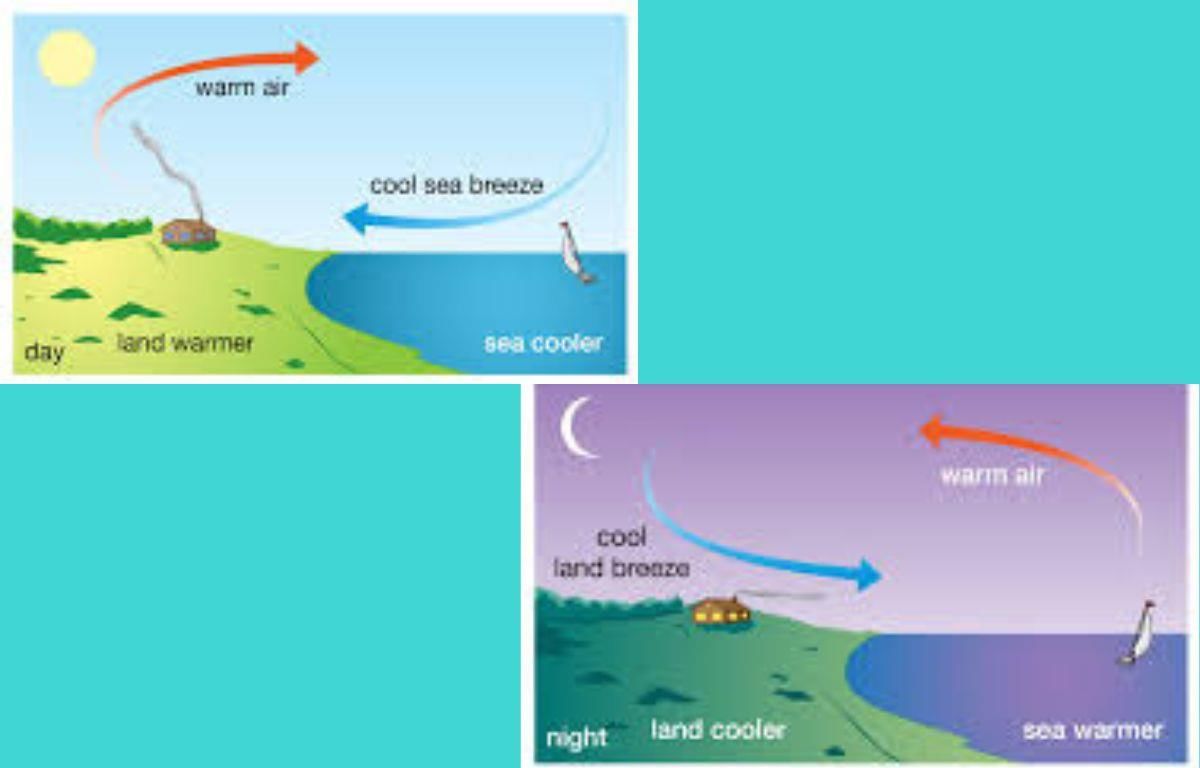 |
|
Card: 5 / 40 |
Fill in the blank: The wind that blows from the valley upwards during the day in mountainous regions is known as ___ breeze. |
|
Card: 7 / 40 |
Which local wind phenomenon occurs due to differences in heating and cooling of earth surfaces, often developing daily or annually? |
|
Card: 9 / 40 |
True or False: Mountain winds are characterized by warm air descending into the valley during the night. |
|
Card: 10 / 40 |
False. Mountain winds are characterized by cool air descending into the valley during the night. 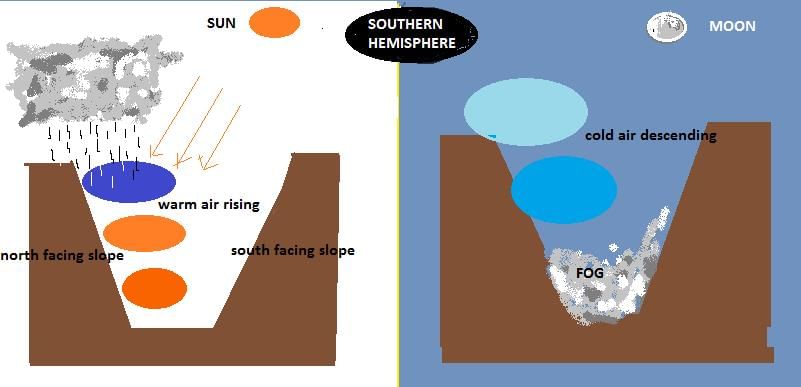 |
|
Card: 11 / 40 |
Fill in the blank: The warm dry wind that occurs on the leeward side of mountain ranges is caused by the ___ effect. |
|
Card: 13 / 40 |
An airmass is defined as a large body of air having little horizontal variation in temperature and moisture. True or False? |
|
Card: 17 / 40 |
Fill in the blank: The air masses classified as maritime tropical (mT) are characterized by ___ temperatures and ___ moisture. |
|
Card: 19 / 40 |
What process describes the formation of fronts when two different air masses meet? |
|
Card: 21 / 40 |
True or False: Occluded fronts occur when a warm air mass is fully lifted above the land surface. |
|
Card: 27 / 40 |
The warm air in extra tropical cyclones glides over the cold air, leading to the formation of ___ clouds. |
|
Card: 29 / 40 |
Fill in the blank: The place where a tropical cyclone crosses the coast is called the ___ of the cyclone. |
|
Card: 32 / 40 |
The condensation process in cumulonimbus clouds surrounding the center of the storm. 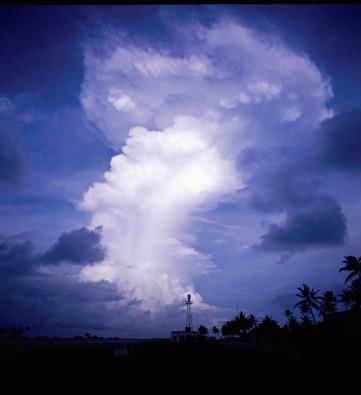 |
|
Card: 33 / 40 |
True or False: The wind velocity in extra tropical cyclones is generally higher than in tropical cyclones. |
|
Card: 34 / 40 |
False. The wind velocity in tropical cyclones is much higher and more destructive. 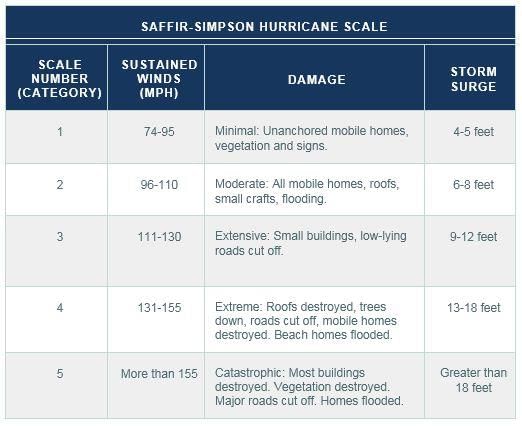 |
|
Card: 35 / 40 |
Fill in the blank: The diameter of the eye in a mature tropical cyclone can vary between ___ and ___ km. |
|
Card: 38 / 40 |
A region of calm with subsiding air surrounded by the eye wall, where there is strong spiraling ascent of air. 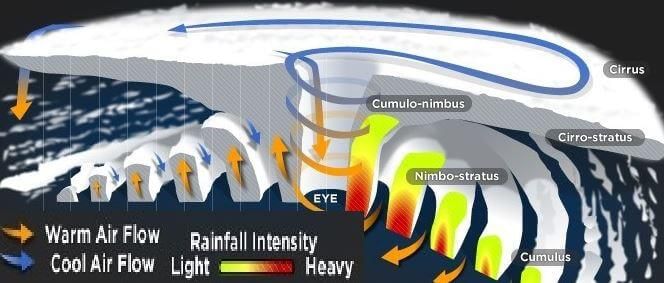 |
|
Card: 39 / 40 |
Tropical cyclones are known by different names in various regions. What are they called in the Indian Ocean? |




